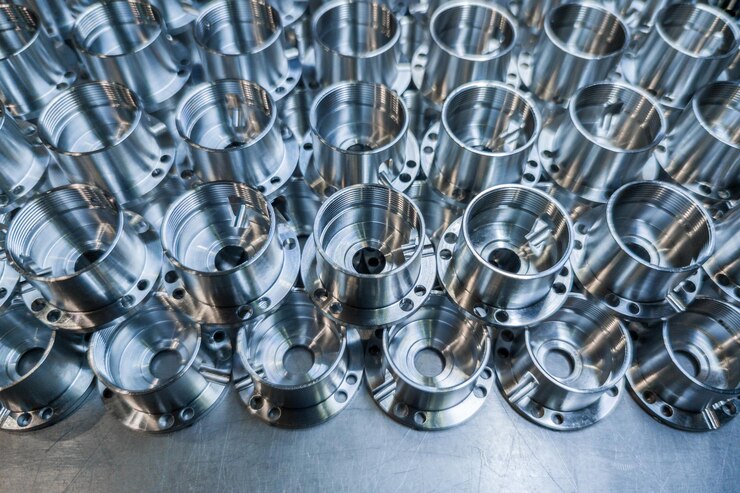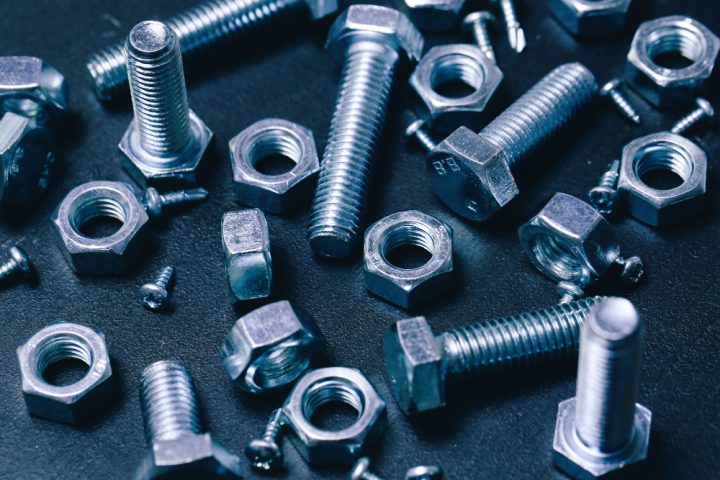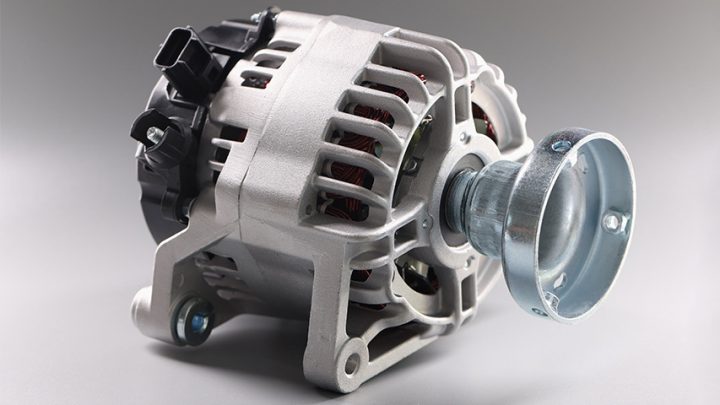About Flanges
Flanges are essential components in various industries, playing a crucial role in connecting pipes, valves, and other equipment. Their importance lies not only in creating a secure connection but also in facilitating easy maintenance and repairs. In this comprehensive guide, we will delve into the world of flanges, exploring their types, functions, and applications across different industries.
Types of Flanges
1. Weld Neck Flanges:
Weld Neck Flanges are the most common type and feature a long neck that is welded to the pipe. This design provides excellent strength and durability, making them suitable for high-pressure and high-temperature applications.
2. Slip-On Flanges:
Slip-on flanges have a slightly larger diameter than the pipe, allowing them to slide over the pipe and be welded in place. They are easy to install and cost-effective, making them a popular choice for low-pressure applications.
3. Socket Weld Flanges:
Socket Weld Flanges have a socket at the end where the pipe is inserted and welded. These flanges are well-suited for small-diameter, high-pressure applications, providing good strength and flow characteristics.
4. Threaded Flanges:
Threaded Flanges have threads on the inner surface, allowing them to be screwed onto the pipe. They are commonly used in low-pressure applications and offer ease of installation and maintenance.
5. Blind Flanges:
Blind Flanges are solid discs used to close off the end of a pipe. They are commonly used in systems where the end needs to be closed temporarily or when future expansion is anticipated.
6. Lap Joint Flanges:
Lap Joint Flanges consist of two parts – a stub end and a backing flange. The stub end is welded to the pipe, while the backing flange remains free to rotate. This design allows for easy alignment and assembly.
Functions of Flanges
1. Joining Pipes:
The primary function of flanges is to join pipes together securely. The type of flange used depends on the specific requirements of the application, including pressure, temperature, and the type of fluid or gas being transported.
2. Providing Access for Inspection and Maintenance:
Flanges are designed to be easily disassembled, providing convenient access for inspection, cleaning, and maintenance of pipes and equipment. This is crucial for ensuring the efficient and safe operation of industrial systems.
3. Sealing:
Flanges incorporate gaskets to create a tight seal between connected pipes. The choice of gasket material depends on the application and the type of fluid or gas being transported. Proper sealing is essential to prevent leaks and maintain system integrity.
4. Supporting Loads:
Flanges also play a role in supporting the loads exerted on pipes and equipment. The design and material of the flange must be chosen carefully to withstand the forces and pressures encountered in the specific application.
Applications of Flanges
1. Oil and Gas Industry:
In the oil and gas industry, flanges are widely used to connect pipes and valves in pipelines and processing facilities. Weld Neck Flanges are commonly employed for high-pressure applications, ensuring the integrity of the system.
2. Chemical Industry:
Chemical processing plants require flanges that can withstand corrosive environments and high temperatures. Stainless steel and alloy flanges are often used in these applications, providing resistance to corrosion and chemical reactions.
3. Water Treatment Plants:
Flanges are crucial in water treatment plants where they connect pipes in various stages of the treatment process. Blind Flanges may be used to close off pipes temporarily during maintenance or repairs.
4. Power Generation:
Power plants, whether thermal, nuclear, or renewable, utilize flanges in piping systems to transport steam, water, or other fluids. The choice of flange type depends on the specific requirements and conditions within the power generation facility.
5. Shipbuilding and Maritime Industry:
Flanges play a vital role in shipbuilding, connecting pipes for fuel, water, and other essential systems on board. Due to the challenging conditions at sea, corrosion-resistant materials are often preferred.
6. Construction and Infrastructure:
In construction projects, flanges are used in HVAC systems, water supply networks, and other infrastructure applications. The versatility of flanges allows them to adapt to a wide range of project requirements.
Conclusion
Flanges are indispensable components in various industries, providing the necessary connections for pipes, valves, and equipment. Understanding the types, functions, and applications of flanges is crucial for engineers, designers, and professionals working in fields where fluid and gas transport are integral to their operations. By choosing the right type of flange for a specific application, ensuring proper installation, and maintaining them regularly, industries can optimize the performance, safety, and longevity of their systems.
For those seeking reliable flange manufacturers and suppliers, Enggpro provides a comprehensive platform to connect with reputable industry professionals. Enggpro’s network facilitates access to a wide range of flanges, ensuring that you can find the right fit for your specific requirements. As you navigate the intricate world of flanges, consider Enggpro as your go-to resource for connecting with top-notch manufacturers and suppliers, ultimately contributing to the success of your projects and the reliability of your industrial systems.



